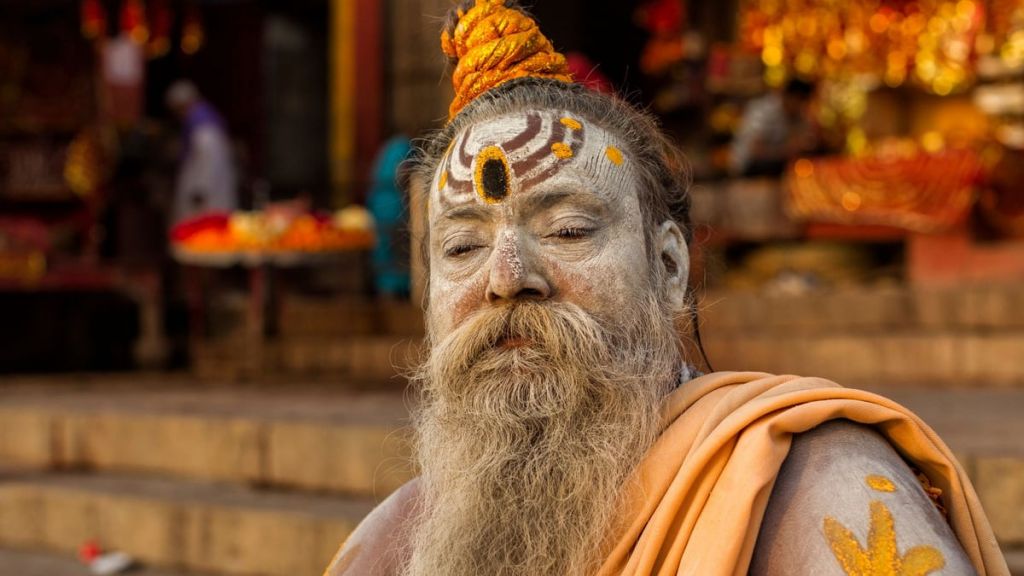
The Maha Kumbh Mela of 2025 began on January 13 in Prayagraj, Uttar Pradesh, attracting millions of devotees from across the world. A significant event occurred on January 14, Makar Sankranti, as worshippers gathered at the Triveni Sangam to take a holy dip. Among the crowd were women Naga Sadhus, or Naga Sadhvis, who sparked curiosity with their distinct way of life.
Who are the Naga Sadhus?
Naga Sadhus, identified by their ash-covered bodies, dreadlocked hair, and minimal attire adorned with beads and garlands, have long fascinated onlookers. These ascetics, belonging to 13 Akharas of Vaishnavite and Shaivite traditions, play a key role in rituals like the ‘Amrit Snan.’ Their roots trace back to ancient times, with their practice believed to have originated under Guru Shankaracharya during the Treta Yug.

Prayagraj, Uttar Pradesh: Naga sadhus at the #MahaKumbh2025 chanting "Har Har Mahadev" near the Triveni Sangam pic.twitter.com/9G3lJVbQlH
— IANS (@ians_india) January 14, 2025
Historically, Naga ascetics lived in the Himalayas, far from human settlements. Their strict celibacy and renunciation of worldly life aim to free them from the birth-death cycle.
Role of female Naga Sadhvis
The Mahila Naga Sadhvis, or female ascetics, live austere lives devoted to meditation, yoga, and chanting. Wearing unstitched saffron fabric called 'Ganti,' they are known for their tilak-marked foreheads and dreadlocks. Like their male counterparts, they lead a rigorous ascetic lifestyle.
Their initiation process involves years of dedication to spiritual practices. To prepare for their new life, Naga Sadhvis give up material belongings, undergo strict celibacy, and conduct rituals like their own ‘Pind Daan,’ symbolising the end of their worldly existence.
VIDEO | Maha Kumbh 2025: Mahant Triveni Giri Baba of Shri Panchayati Mahanirvani Akhara says, "Since centuries, Shri Panchayati Mahanirvani Akhara has been taking the amrit snan first then other akaharas take the holy bath and the process goes on. Today's occasion is very… pic.twitter.com/3jEVe0GeVt
— Press Trust of India (@PTI_News) January 14, 2025
Adi Shankracharya organised the ageless Naga Sadhus to protect Sanatan Dharma by fiery resistance to Mlecchas. Superhuman warriors of Shiva left families & materialism, for decades of rigorous Tapasya in Himalayas, after which they transcended onto the highest spiritual space. pic.twitter.com/HYSOMdeoJN
— गीतिका (@ggiittiikkaa) March 14, 2021

Breaking gender norms
Naga Sadhvis challenge traditional roles by engaging in spiritual practices and religious events typically dominated by men. They actively lead processions at the Kumbh Mela, participate in debates, and perform rituals. Despite facing challenges, their commitment promotes equality and inspires younger female ascetics.
Their presence in events like the Kumbh Mela showcases the evolving acceptance of women in spiritual leadership roles. Often referred to as ‘Mata,’ they command respect and admiration within Hindu communities.

Naga Sadhus are guardians of traditions
The Naga Sadhus are not just religious figures but custodians of ancient practices. They have played a key role in protecting Hindu traditions through oral transmission of knowledge and scriptures. During historical events like Mughal invasions, they formed Akharas as a united front to defend their faith and temples, cementing their status as spiritual warriors.
The Naga Sadhus’ valor is reflected in incidents like the Battle of Gyan Vapi in 1664, where they defeated Mughal forces. They are also believed to have resisted Aurangzeb’s attacks on Kashi Vishwanath, with thousands sacrificing their lives to protect the sacred Jyotirlinga.
Participation of Naga Sadhvis at Kumbh
Although rare, Naga Sadhvis’ involvement in the Maha Kumbh Mela highlights their growing recognition. They take part in the ‘Amrit Snan,’ lead religious ceremonies, and perform rituals alongside their male peers. Their presence at the event underscores both the richness of Hindu spirituality and the evolving role of women in preserving and practicing ancient traditions.
The Naga Sadhvis represent a blend of spiritual devotion and empowerment. By challenging gender stereotypes and embracing rigorous ascetic practices, they have carved out a unique space in Hinduism. Their participation in the Maha Kumbh Mela serves as a reminder of their enduring role in upholding spiritual heritage while fostering inclusivity within religious practices.